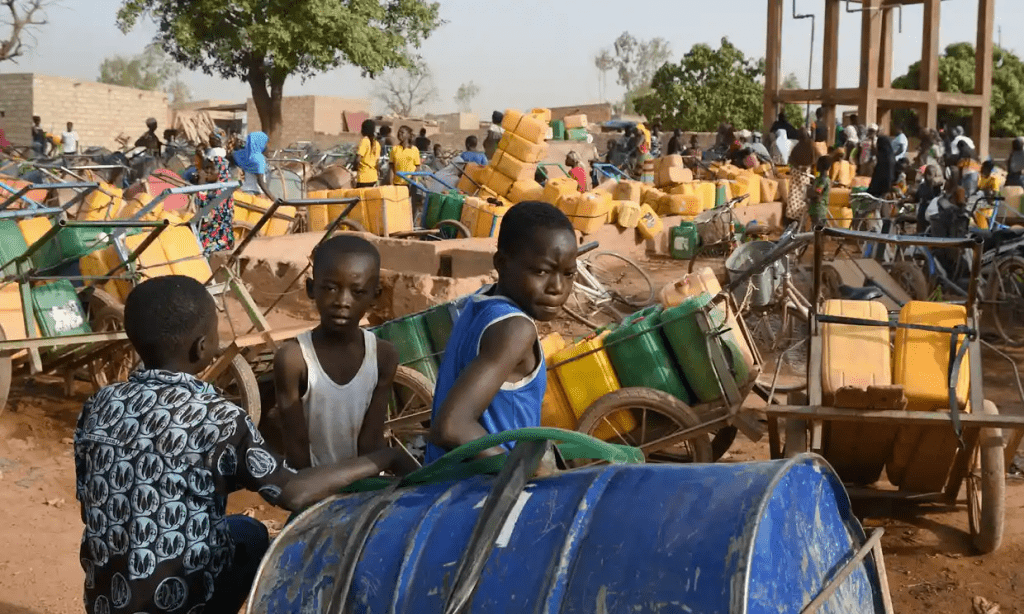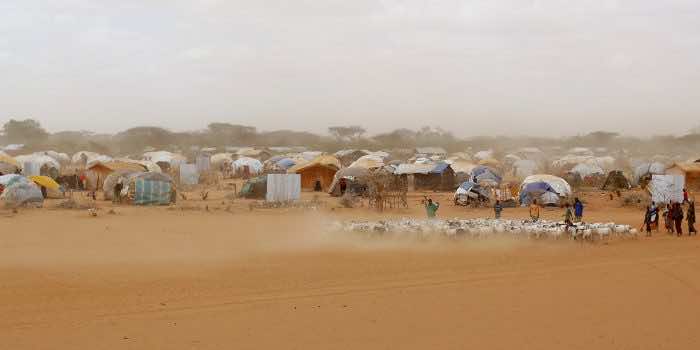According to one research, more than 1 billion people will be displaced within the next 30 years as the climate catastrophe and high population growth force a rise in migration with enormous consequences for both the developing and industrialized worlds.
The term “climate refugees” has been in use since 1985, when UN Environment Programme (UNEP) expert Essam El-Hinnawi defined it as people “forced to leave their traditional habitat, temporarily or permanently, due to marked environmental disruption.”
1.2 billion people live in 31 countries that are unable to withstand environmental dangers, according to the Institute for Economics and Peace (IEP), a research organization.

According to the IEP’s first ecological threat record, 19 countries with the greatest number of threats, such as water and food shortages and increased vulnerability to natural disasters, are among the 40 least peaceful nations in the world.
The survey found that substantial population growth is expected in several countries most at risk from ecological dangers, such as Nigeria, Angola, Burkina Faso, and Uganda. This would further encourage mass migration.

“This will have huge social and political impacts, not just in the developing world, but also in the developed, as mass displacement will lead to larger refugee flows to the most developed countries,” Steve Killelea, the IEP’s founder, said.
“Ecological threats pose serious challenges to global peace. Over the next 30 years, the lack of access to food and water will only increase without urgent global cooperation. In the absence of action, civil unrest, riots, and conflict will most likely increase.”
The research assessed 157 nations’ exposure to eight ecological dangers and their capacity to deal with them using data from the United Nations and other sources. It discovered that 141 countries would experience at least one environmental threat by 2050, with Sub-Saharan Africa, South Asia, the Middle East, and North Africa facing the most.

Water scarcity poses the greatest threat to some countries, such as India and China. In contrast, others, including Pakistan, Iran, Kenya, Mozambique, and Madagascar, face a combination of challenges and a rising inability to deal with them.
“Lack of resilience will lead to worsening food insecurity and competition over resources, increasing civil unrest and mass displacement,” the report said.
Furthermore, it was found that Pakistan, Ethiopia, and Iran were the countries with the greatest risk of mass migration and that “even minor ecological concerns and natural tragedies could result in massive population displacement” in these countries.
Relatively wealthy and developed countries in Europe and North America have fewer environmental problems. As a result, they would be better able to deal with them, but the majority “would not be exempt to larger consequences.” However, 16 countries, including Sweden, Norway, Ireland, and Iceland, pose no threat.
The world has 60% less fresh water than it did 50 years ago. Additionally, food demand is expected to rise by 50% by 2050. Moreover, natural disasters are only likely to become more frequent due to the climate crisis, implying that even some stable states will become vulnerable by 2050.


